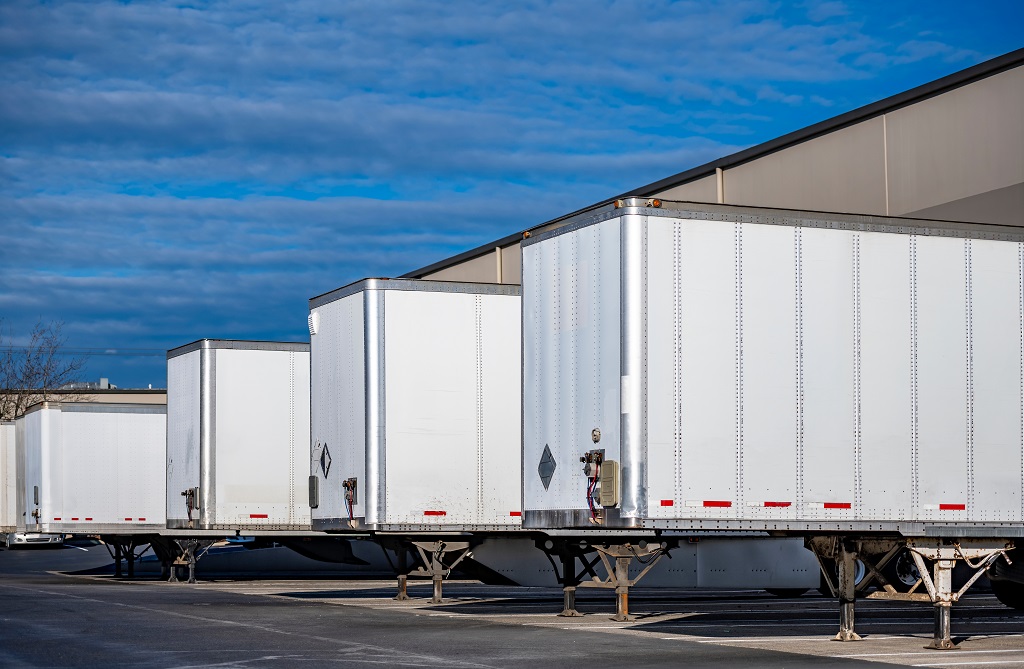Truck relaying is rapidly reshaping North American logistics. This innovative strategy, breaking down long-haul freight journeys into shorter segments, is proving to be a game-changer. This detailed exploration focuses on the advantages of truck relaying in terms of time efficiency and sustainability, backed by relevant data and studies.
What is Truck Relaying?
Truck relaying splits a long-haul journey into shorter stretches, each covered by different drivers. This contrasts traditional long-haul trucking, where one driver manages the entire journey. The relay approach maximizes driver hours, minimizes fatigue, and enhances operational efficiency.
Time Efficiency: A Core Advantage
Reduced Driver Fatigue and Enhanced Alertness: The American Transportation Research Institute reports that driver fatigue contributes to approximately 13% of truck accidents. Limiting driving segments to 4-6 hours, as in truck relaying, significantly reduces this risk, leading to safer and quicker deliveries.
Flexible Scheduling and Continuous Movement: The U.S. Department of Transportation estimates that trucks are stationary for about 500 hours per driver annually due to rest periods. The relay system can keep trucks moving almost non-stop, potentially increasing delivery speeds by up to 30%.
Resilience to Delays: Traffic congestion costs the freight industry over $74 billion yearly, according to the Federal Motor Carrier Safety Administration. The segmented approach of relaying is more adaptable to such delays, maintaining punctuality.
Sustainability: A Green Revolution in Logistics
Emission Reductions: The Environmental Protection Agency notes that transportation contributes 28% of total U.S. greenhouse gas emissions. Shorter relay segments can reduce emissions by up to 20% compared to long-haul methods.
Efficient Use of Resources: Research by the National Renewable Energy Laboratory shows that optimized truck utilization in a relay system can reduce fleet size by 10%, decreasing resource consumption and environmental impact.
Facilitating Electric Truck Integration: The average range of electric trucks, around 250 miles per charge, aligns well with the relay model, potentially accelerating the adoption of electric vehicles in freight transport and reducing carbon emissions further.
Truck relaying represents a significant evolution in freight transportation, offering a sustainable and efficient alternative to traditional methods. As more companies adopt this model, we can expect a transformation in North American logistics, benefiting both the industry and the environment. As we look towards the future of logistics in North America, companies like Rapid Relay are at the forefront of adopting and implementing the truck relaying method. With a commitment to revolutionize the industry, Rapid Relay aims to extensively integrate this model over the coming years. This strategic shift promises not only enhanced operational efficiency and reduced delivery times but also a significant step towards sustainability in logistics.
By embracing truck relaying, Rapid Relay and similar companies are setting a new standard in freight transportation. This approach is not just a response to the current challenges in logistics, such as driver shortages and environmental concerns, but a proactive step towards a more efficient, sustainable, and resilient supply chain network. The potential for reducing carbon emissions, optimizing resource use, and improving driver welfare makes truck relaying a compelling model for the future.
As we witness this transition, it's clear that truck relaying is more than just a logistical change; it's a paradigm shift in how goods are moved across North America. With companies like Rapid Relay leading the charge, the logistics industry is poised for a transformative journey, reshaping the landscape of freight transportation for the betterment of the industry, its workforce, and the environment.






